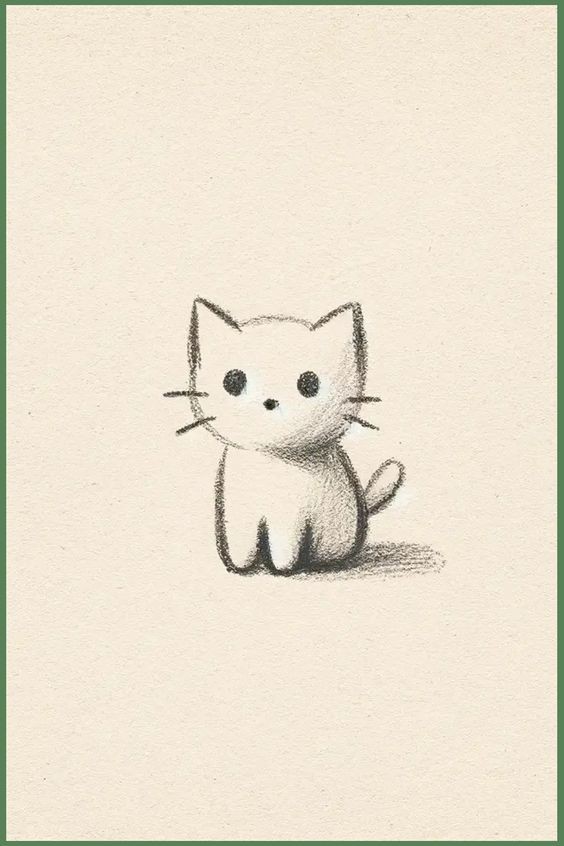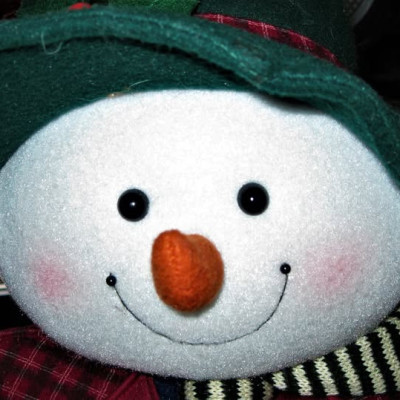24 Simple and Fun Drawing Ideas for Beginners—Boost Your Sketching Skills!
If you're new to drawing or looking to improve your sketching skills, starting with simple and enjoyable exercises can make a huge difference. Engaging in fun drawing ideas helps build confidence, develop techniques, and spark creativity. Here are 24 easy and fun drawing ideas that are perfect for beginners to boost their skills and enjoy the process.
1. Basic Geometric Shapes
a. Circles, Squares, and Triangles:
Begin with basic geometric shapes. Practice drawing circles, squares, and triangles freehand to develop control and precision. Experiment with combining these shapes to create simple objects like a house or a tree.
b. Shape Combinations:
Combine different shapes to form new objects. For example, use rectangles and circles to draw a simple robot or a car. This helps you understand how basic shapes come together to create more complex forms.
2. Simple Still Life
a. Everyday Objects:
Sketch everyday items like a coffee mug, fruit, or a book. Focus on capturing their shapes and basic details. This exercise helps you practice observation and translate real-life objects onto paper.
b. Arranged Still Life:
Set up a small arrangement of objects and draw it from life. Try different compositions and angles to see how it affects the drawing. This will improve your understanding of perspective and layout.
3. Doodles and Patterns
a. Abstract Doodles:
Create abstract doodles with simple lines and shapes. Experiment with different patterns and designs. This is a great way to loosen up and get comfortable with your drawing tools.
b. Repetitive Patterns:
Draw repetitive patterns like stripes, polka dots, or zigzags. Practice creating uniform patterns and explore how different designs can be combined for interesting effects.
4. Cute Animals
a. Basic Animal Shapes:
Draw simple animals like cats, dogs, or birds using basic shapes. Focus on capturing their characteristic features and expressions. This helps you practice proportion and adds a fun element to your sketches.
b. Stylized Animals:
Try drawing animals in a stylized or cartoonish manner. Experiment with exaggerating features or creating playful versions of real animals.
5. Simple Faces and Expressions
a. Basic Face Shapes:
Sketch basic face shapes and features. Start with a simple oval for the head, then add eyes, a nose, and a mouth. Practice different facial expressions like happy, sad, or surprised.
b. Expressive Faces:
Draw faces with varied expressions to convey different emotions. Experiment with the placement of features and how subtle changes can alter the mood of the drawing.
6. Nature and Plants
a. Leaves and Flowers:
Draw simple leaves and flowers. Focus on capturing their basic shapes and patterns. This helps you practice drawing organic forms and details.
b. Simple Plants:
Sketch basic plants like cacti or potted herbs. Experiment with different leaf shapes and textures to add variety to your drawings.
7. Everyday Scenes
a. Bedroom or Desk:
Draw a corner of your bedroom or your desk setup. Capture the details of your space, like a lamp, books, or a chair. This practice helps you understand composition and spatial relationships.
b. Park or Garden:
Sketch a simple outdoor scene, like a park or garden. Include elements like trees, benches, or a path. This helps you practice drawing landscapes and adding depth.
8. Simple Objects with Texture
a. Textured Items:
Draw objects with interesting textures, such as a knitted sweater or a wooden spoon. Focus on capturing the texture and surface details.
b. Reflections and Shadows:
Experiment with drawing reflections and shadows. Practice how different surfaces reflect light and create shadows, adding depth and realism to your sketches.
9. Creative Combinations
a. Mixed Objects:
Combine different objects into a single drawing, such as a cat sitting on a stack of books. This encourages you to think creatively and practice integrating various elements.
b. Imaginary Scenes:
Create whimsical or imaginary scenes, like a flying house or a fantastical creature. Let your imagination guide you and have fun with unconventional ideas.
10. Quick Sketches
a. Timed Drawings:
Set a timer for 5-10 minutes and quickly sketch various objects or scenes. This exercise helps you focus on capturing the essence of the subject without getting caught up in details.
b. Gesture Drawings:
Practice gesture drawing by quickly sketching dynamic poses or movements. This helps you capture the flow and energy of a subject.
Conclusion
Engaging in these 24 simple and fun drawing ideas is a fantastic way to boost your sketching skills and build confidence as a beginner artist. By exploring a variety of subjects and techniques, you'll enhance your abilities and discover what you enjoy most about drawing. Remember, the key to improvement is regular practice and a willingness to experiment. So grab your sketchbook, try these ideas, and watch your skills flourish!






